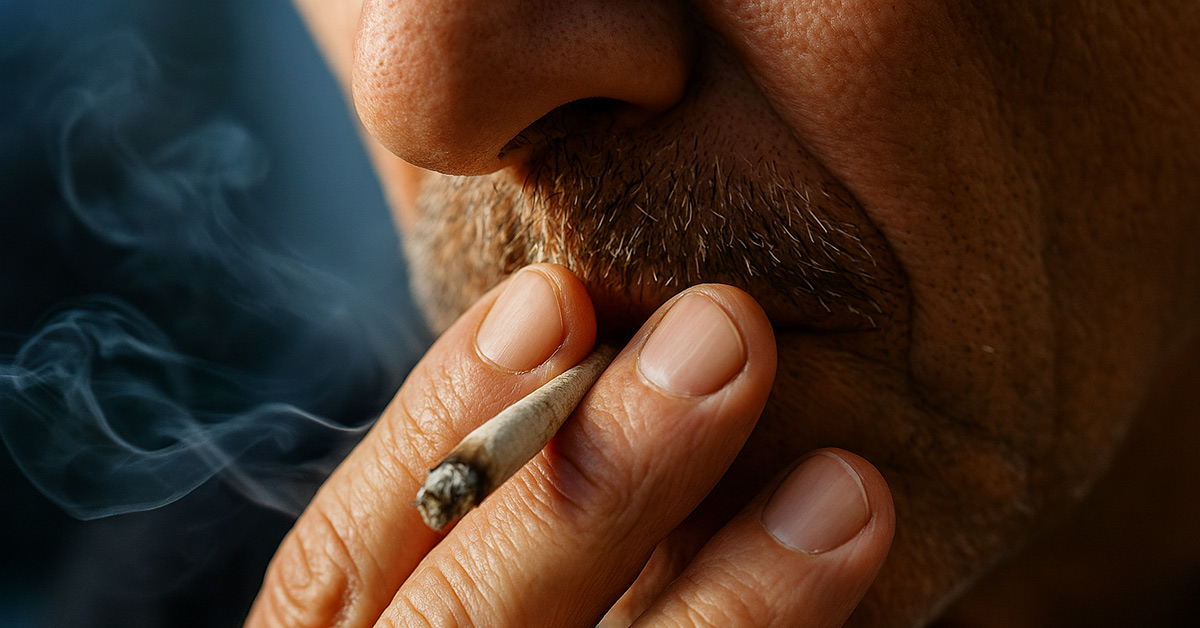By South Burnett Advocate Editorial Team
Australia’s tobacco taxes were meant to save lives—instead, they’ve bankrupted the poor and bankrolled criminals. For Indigenous smokers (54% rates), ‘public health’ policy feels like persecution.
For comprehensive data supporting these concerns, see: Australia’s Tobacco Tax Creates $6 Billion Criminal Black Market
The Double Whammy: Poverty and Addiction Left Behind
While overall smoking rates are falling, Queensland’s remote Indigenous communities see rates as high as 54%, with a statewide Indigenous average of 36%—more than triple the national daily smoking rate of 10.6%.
Steep taxes don’t fix addiction—they just make legal cigarettes way too expensive. So, more people turn to cheap illegal tobacco.
Investigations by Queensland Parliament reveal illegal cigarette prices range from $12 to $25 per pack, compared to $50 for legal packs. Crime gangs sell these cheaper products, preying on families with nowhere else to turn.
Instead of breaking the habit, our policies have handed a lifeline to criminals while communities continue to suffer.
Crime’s Growing Grip on Communities
This price gap feeds a thriving illegal tobacco market that criminal networks have exploited to devastating effect.
The illegal tobacco trade isn’t a small problem—it’s a booming $6 billion business funding violence and drugs across Australia.
We’ve seen tobacconists firebombed and communities scared because of the growing criminal networks controlling the market.
For people already facing addiction and poverty, this means living with even more danger and uncertainty, while authorities scramble to keep up.
Vaping: Another Path to the Black Market
The ripple effects extend beyond cigarettes. As tobacco prices soar, some smokers shift to vaping—a cheaper alternative.
However, Australia’s strict vaping laws and limited legal nicotine access push many users toward unregulated, often illegal products, raising new health risks.
When Health Promises Don’t Match Reality
The plan was simple: make cigarettes pricey to stop people smoking. But in many communities hit hardest, smoking is just as common as ever.
Illegal tobacco floods the streets at half the price, making it reachable to people who can’t afford legal packs.
At the same time, government money from tobacco taxes has dropped, meaning less funding for programs to help people quit.
So, while the government talks about hitting health targets, families who need help most are still stuck.
It’s About Fairness, Not Punishment
Tobacco taxes are one of the World Health Organization’s most effective tools, helping to reduce Australia’s smoking rate to 10.6% and saving countless lives.
But when policies meant to protect health instead drive vulnerable people toward criminal networks and dangerous products, it’s time to rethink the balance.
Real tobacco control means supporting those struggling with addiction—through community programs and smarter enforcement—not punishing poverty.
Time for a Change: A Fairer, Smarter Approach
Now is the time to pause any more tax hikes and focus on a smarter plan.
That means dedicated illegal tobacco task forces and better policing of criminal networks, paired with community-based cessation programs designed with Indigenous elders and local leaders.
We can’t keep doubling down on punishments that drive people underground.
Australia needs a tobacco policy that knows addiction is complicated, and that fights crime while helping communities who need it most.
Higher taxes didn’t stop smoking—they just made criminals richer. It’s time for a policy that actually helps, not punishes.
Frequently Asked Questions
1. Why do people buy illegal cigarettes instead of legal ones?
Illegal cigarettes cost $12–$25 per pack compared to $50 for legal packs—a price gap that forces struggling Australians to choose between financial strain and criminal sellers. This fuels a $6 billion black market controlled by organised crime.
2. Do high tobacco taxes actually reduce smoking?
While taxes have lowered Australia’s national smoking rate to 10.6%, they’ve failed vulnerable groups: 54% of Indigenous adults in remote Queensland still smoke daily. When legal cigarettes are unaffordable, many turn to illegal tobacco or unregulated vaping, worsening health and crime risks.
3. How bad is Australia’s illegal tobacco problem?
The black market supplies 18% of all tobacco sales, funding drug trafficking, violence, and corruption. Over 125 tobacconist firebombings in Victoria alone reveal how criminal networks exploit high prices and target disadvantaged communities.
4. Does illegal tobacco only affect smokers?
No. The trade funds organised crime (including meth and weapons trafficking), endangers shop owners, and drains tax revenue that could fund quit programs. Families in poverty face higher addiction risks with no support.
5. What’s the solution?
- Stop raising taxes every hike widens the price gap that gangs exploit.
- Boost enforcement (e.g., warrantless inspections, task forces).
- Invest in community-led quit programs, designed with Indigenous leaders.
About South Burnett Advocate: South Burnett Advocate is an independent, community-first news platform serving the South Burnett region, committed to delivering trustworthy and local-focused journalism.
© 2025 South Burnett Advocate. All rights reserved. (kingaroy.org)
